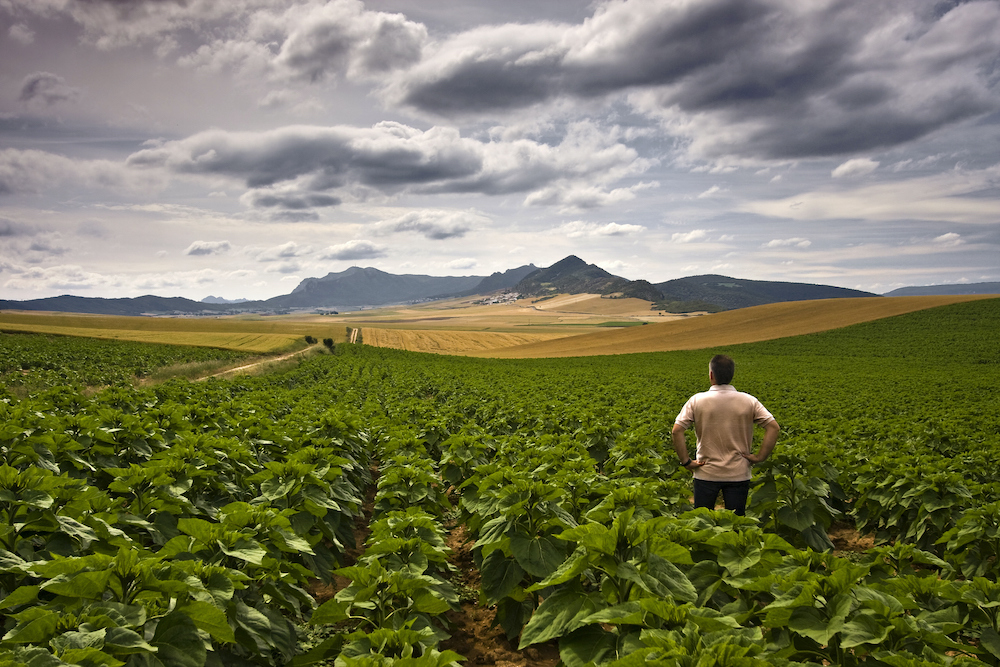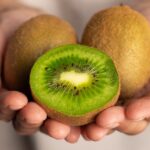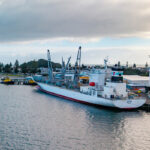Opinion: the emerging tool of water footprinting for agricultural performance

By Landcare Research senior life cycle management advisor Dr Anthony Hume
 Agricultural activity is estimated to constitute on average 80% of the freshwater consumption associated with food products. Freshwater consumption in the growth of food products is fast emerging as a major issue for global retailers, including Walmart, Marks and Spencer, and businesses such as Unilever in a similar fashion to carbon footprinting.
Agricultural activity is estimated to constitute on average 80% of the freshwater consumption associated with food products. Freshwater consumption in the growth of food products is fast emerging as a major issue for global retailers, including Walmart, Marks and Spencer, and businesses such as Unilever in a similar fashion to carbon footprinting.
Unlike carbon, the environmental impacts of water consumption differ greatly with geography and time. Many freshwater-related issues are local and freshwater has a strong social and cultural dimension. For example, many people believe in a “human right to water”. Plentiful water supplies are clearly desirable, beneficial and necessary.
In New Zealand, reforms have been proposed to legislation and a collaborative process involving business, regulators and non-governmental organizations (the Land and Water Forum) to develop new approaches to water management. Various initiatives are underway globally such as the water disclosure project to highlight business related risks to water scarcity, completion and quality. In the global business community it is beginning to dawn on companies that freshwater supplies could dry up and there is a pressing need to understand the risks, not only within their own operations, but up and down their supply chains.
Hence the growing interest in comprehensive 'water footprinting'. The water footprints are intended to improve consumer understanding of the environmental impact of freshwater consumption by products and potentially heighten awareness of options for reducing freshwater consumption within global supply chains.
Green kiwifruit water footprinting
New Zealand’s Ministry of Agriculture and Forestry (MAF) and Zespri International commissioned Landcare Research to assess the water footprint of green kiwifruit supplied to the U.K. — the environmental impact of freshwater used, directly and indirectly, throughout all stages from growing the fruit through to the fruit reaching the consumer.
The recently completed project, a partnership with Plant & Food Research and AgriLink, was the first-ever comprehensive water footprinting exercise to be carried out in the New Zealand horticulture sector. The study examined environmental impacts of freshwater used in eight major kiwifruit growing regions.
The research was designed to look for cost-effective methods to promote water conservation, preserve important resources, and enable our industrial partners to communicate important improvements in performance to their customers. The project reflects Zespri's commitment to support positive positioning with key global retailers, who are increasingly paying attention to the water footprints of suppliers.
The research evaluated two emerging approaches - the Water Footprinting Network (WFN) and Life Cycle Assessment (LCA) - and also investigated a third hydrological-based perspective. Used in tandem, these different approaches provide deeper insight into the direct and indirect freshwater consumption by a product.
Water Footprint Network (WFN)
The research assesses the three types of available water:
- ‘Green’ water – rainwater that naturally replenishes the soil for plant growth.
- ‘Blue’ water – renewable surface or groundwater that requires energy to extract and apply.
- ‘Gray’ water – the water needed to dilute any impurities leached from the soil to within drinking water standards.
At the orchard gate, green kiwifruit have an average water footprint of 417 litres per kg.
Applying the volumetric WFN methodology to the orchard showed that, based on the national average, the majority of water consumed in the cultivation of green kiwifruit (85%) is taken from rainwater or soil moisture. 5% of water consumed was taken from irrigation and 10% is the volume of water needed to dilute orchard inputs below safe drinking standards, such as nitrogen fertiliser, to enter the environment.
Life Cycle Impact Assessment (LCIA) water footprints
The LCIA work combined with volumetric results highlighted regional differences in potential environmental impacts from the freshwater used in cultivation - several regions made a relatively low contribution to national production yet had relatively high environmental impacts. For example, the contribution of the Auckland region to environmental impacts of freshwater consumption is given greater importance using the LCIA environmental impact indicators than when using the WFN method, probably due to higher competition for freshwater from the urban and industrial population.
Water management options
The hydrological perspective included run-off and drainage flows not taken into account in either the WFN and LCA footprint methods but usually included in water balance assessment, and was developed as a method of looking at reducing freshwater use.
Hypothetically converting all irrigated kiwifruit orchards in all regions to rain-fed orchards had a significant impact on water footprints for only the low rainfall areas, such as Hawke's Bay, Gisborne and Nelson. In principal, this is a feasible option only for Gisborne. Several other options associated with the use of nitrogen fertilizer in the Te Puke region were examined. Neither the application of fast-release nitrogen fertiliser nor halving the amount of nitrogen fertiliser typically applied had a significant influence on the water footprint. In the wake of the project Zespri has committed to follow up actions including:
- 100 percent of Zespri Kiwifruit water use in New Zealand is from naturally replenished sources, including rainfall and underground aquifers.
- ‘Gray’ water has been minimised by the trend of reducing orchard crop protection and fertiliser inputs.
- Research to better define best practice water use is underway to further optimise water use and support future new planting.
The MAF will use the results to understand the variances between the different methods advocated, and to formulate New Zealand’s responses to the development of internationally acceptable methodologies. The methods for accurately establishing the water footprints of products are advancing rapidly and Landcare Research is an active player in this debate, contributing to the New Zealand’s government submissions to the International Standards Organisations (ISO). Domestically, there are potential opportunities to use water footprinting data in water allocation discussions, for example, to identify rain-fed orchards that do not rely on an allocation of irrigation water.














































